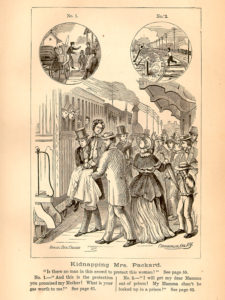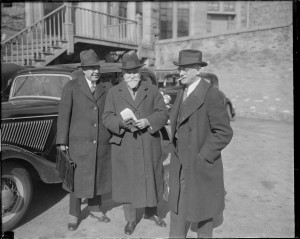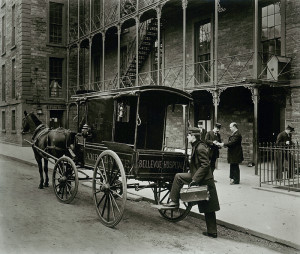Few patients went to insane asylums voluntarily; most were committed by physicians called in once concerned family members decided a patient’s behavior had reached some sort of tipping point. Committing a patient to an asylum should have been a very serious affair, but it is evident that it was not always done with professionalism and discernment. In an article* published by the American Journal of Insanity (1876), Dr. A. E. MacDonald gave medical students some sound advice about how to examine a patient and determine whether or not to propose commitment.
Many states required the concurrence of two or more physicians to commit a person to an asylum. MacDonald noted that many times a physician–perhaps at the invitation of the family’s physician–was asked to commit a patient to an asylum, rather than to examine a patient. He likened the situation to that of a physician called in to prescribe medicine to a patient without examining him first to see if the medicine were needed. Families would seldom do such a thing, yet with a presumably insane patient, the verdict was often presupposed and the physician essentially called in to rubber-stamp the decision. MacDonald cautioned students to be careful, though, and to examine such a patient thoroughly with an eye to defending himself in a court of law should the patient later sue.
MacDonald went on to say that physicians often encountered two groups within the family: those who wanted the patient committed, and those who didn’t. He also emphasized that much of what he would hear concerning the patient from these family members would be either useless or untrue. He tried to give students a road map of pertinent questions to ask and a systematic way to approach the situation so they could assess a patient objectively.
He also had this bit of advice: “I advise you to make sure of being able at once to recognize your patient from those who may surround him, by learning before you enter the room, some particulars as to his dress or appearance. It is not a little awkward and embarrassing to address yourself to a bystander, under the impression that he is the patient, but it is a mistake that has happened, and might happen again.”
*From a lecture delivered before the students of the University of the City of New York, Medical Department, March 10, 1876.


